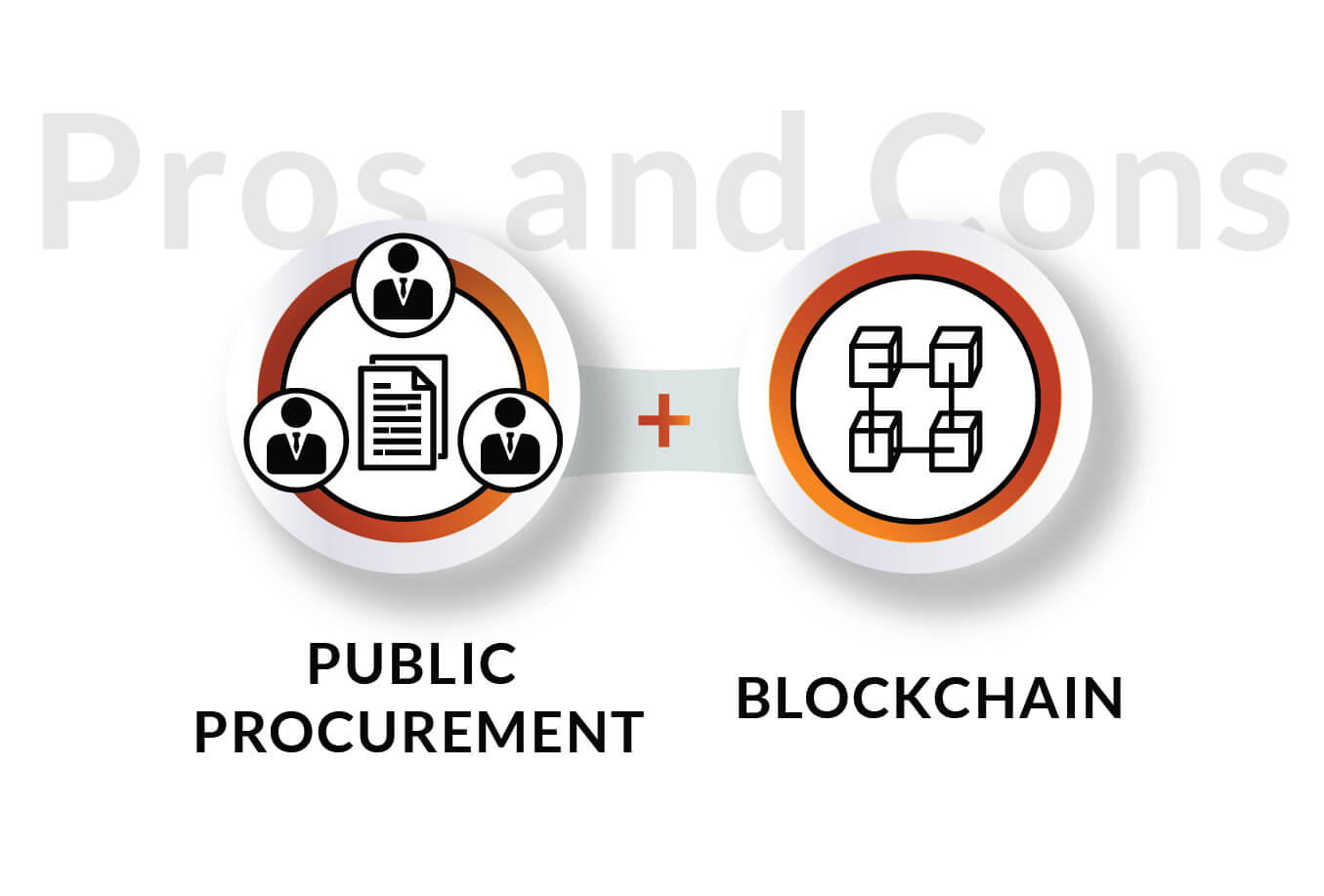So what is Blockchain?
A chain of blocks
To put it in a plain way, blockchain technology is based on a continuously growing list of records organised into blocks by means of cryptographic techniques. These records may consist of any type of data, amongst which there are some sensitive data as well: money transfers, event registration, medical records, etc. This way, blockchain can be presented as a series of transaction blocks where each block is linked with the previous one through a system of hashes ensuring the interconnection of every new block with the former one.

A collaborative network
Blockchain is built on the principles of distribution, transparency, and security. It’s central point is a decentralized network of users, or peers, and their collaborative effort in creating a shared ledger. Every new transaction is to undergo a verification process by each peer to be recorded into this ledger. New blocks are added in a linear, chronological order, and contain append-only information, making up a detailed and immutable history of transactions performed within a single blockchain. So, if any of the network users decides to make a change in one record, it will automatically trigger changes in all the following records thus making them invalid. This workflow is designed to eradicate the possibility of replacing or forging any record in the network.
How does it work in Public Procurement?
Data volume with transparency
In public procurement, it is crucial to keep full transparency in as many transactions as possible. The course of a public procurement procedure is a complex process involving a number of activities like tender registration with all the subsequent documents (e.g. procurement item description, requirements to suppliers, etc.), the supplier registration and prequalification, Q&A period, the auction flow, the auction results, the winner qualification, the appellation and complaint submission stage, if necessary, and, of course, the contract signing and payment procedure. As can be seen, a good deal of transactions take place within a single tender, with a public procurement system holding, on average, around 100, 000 tenders daily. This all means a huge amount of data continuously generated. Due to blockchain, there is no doubt that the needed information will be always at hand to track any deals, especially the questionable ones.
Immutable history and data security
Applying the blockchain technology, the aforementioned data can be properly ordered and sorted, as well as verified by each authenticated network user and, most importantly, become impossible to be tampered with. With blockchain’s key advantage - the interconnection of all the blocks - and the public procurement system’s transaction amount and frequency, it can be practically unreal to hack the system. As a result, any information about any tender is made by no means alterable but still open to everyone. And even if any intrusions do happen, it will be easy as pie to find out who did what and when.
Pricey… but worth it
Blockchain is considered to be pretty costly in implementation, as the technology is well advanced and elaborate. Consequently, there is a need for a steep learning curve for the software engineers to excel at projects with blockchain. This all results in high demand for blockchain professionals with relatively low supply of the latter, thus making blockchain solution development a rather expensive service. So far many may believe this is a significant disadvantage of the technology, but is it really, taking into account the need for security and transparency at the same time? After all, application of the state-of-art technologies for your software development is the mark of a true leader in the digital world.
